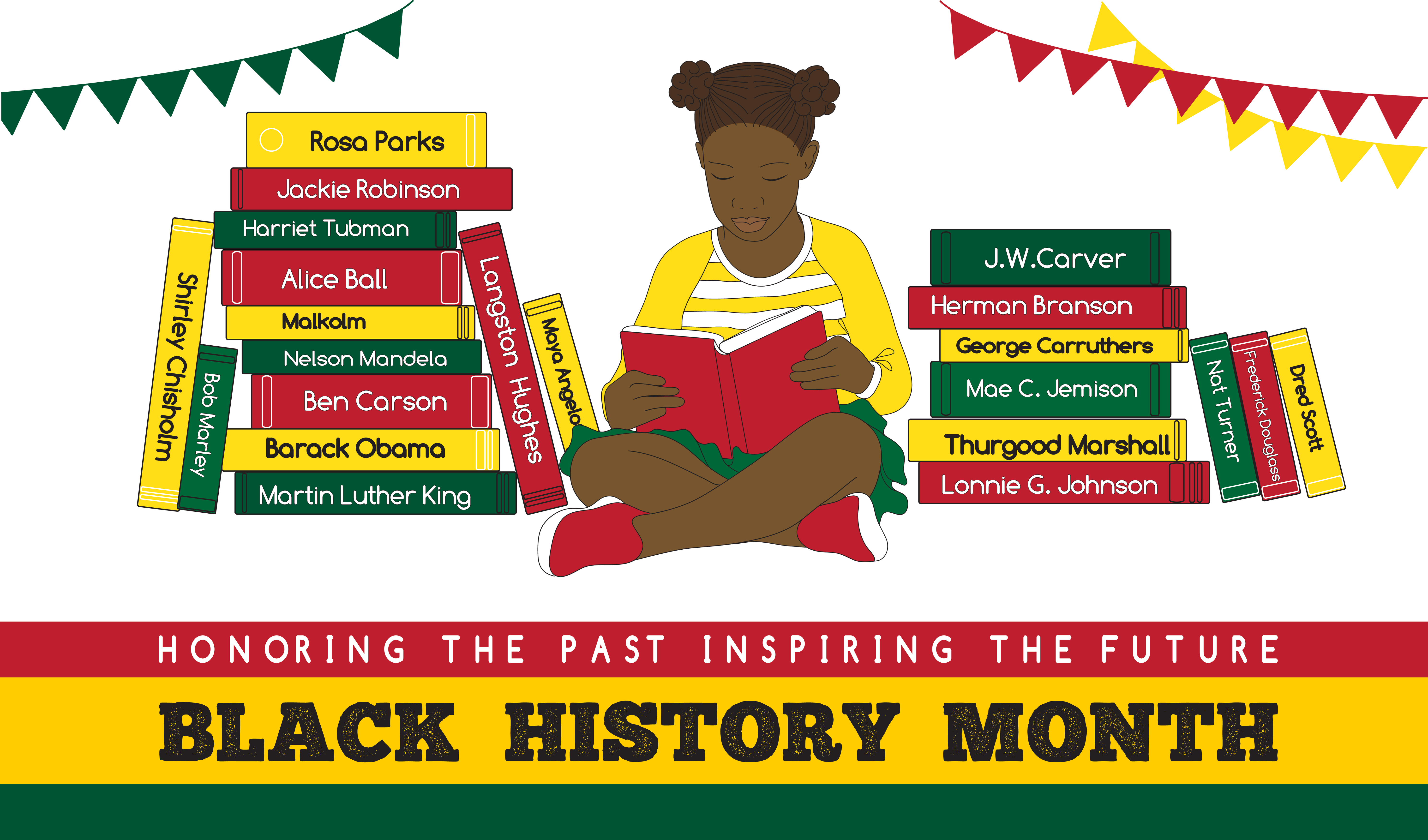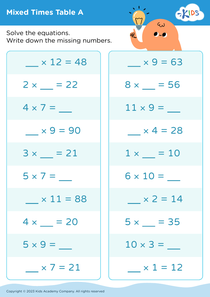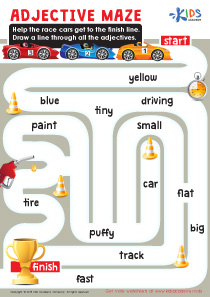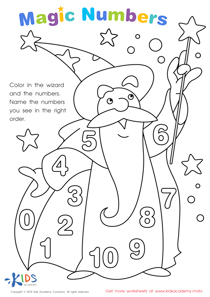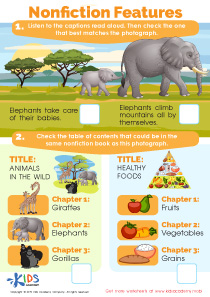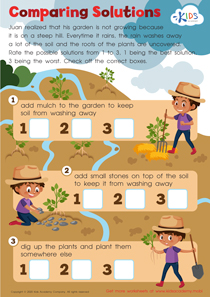Extra Challenge Tracing Shapes Worksheets Activities With Answers for Ages 4-8
4 filtered results
-
From - To
Boost your child's fine motor skills and shape recognition with our "Extra Challenge Tracing Shapes Worksheets" designed for ages 4-8! These engaging activities encourage young learners to trace a variety of shapes, enhancing both their writing skills and comprehension of geometric figures. Each worksheet includes fun challenges that stimulate critical thinking and creativity, making learning enjoyable. Filled with diverse shapes and captivating designs, these worksheets come complete with answers for easy assessment. Ideal for parents and educators looking to enrich their children's learning experiences, these worksheets provide a comprehensive way to support your child's development in an interactive and playful manner.
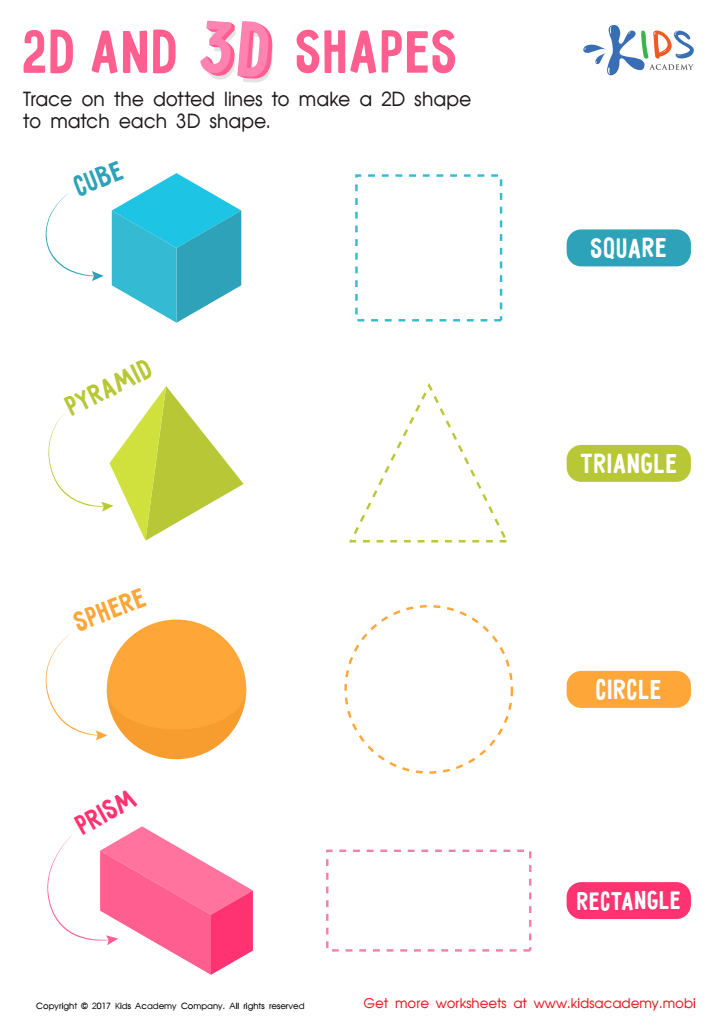

2D and 3D Shapes Worksheet
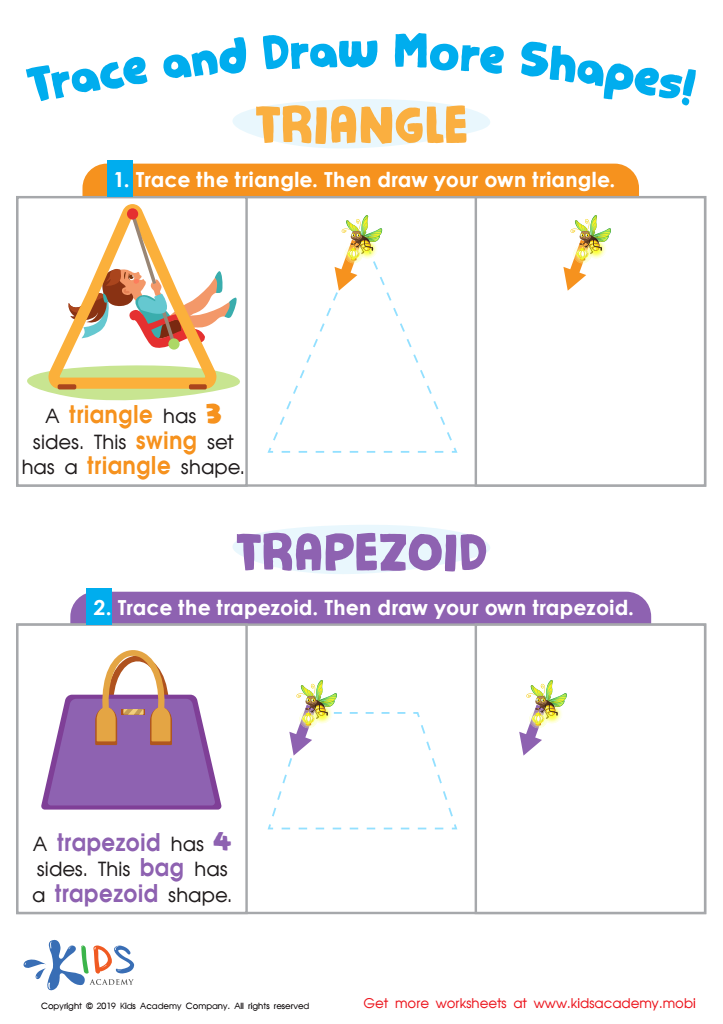

Trace and Draw More Shapes Worksheet
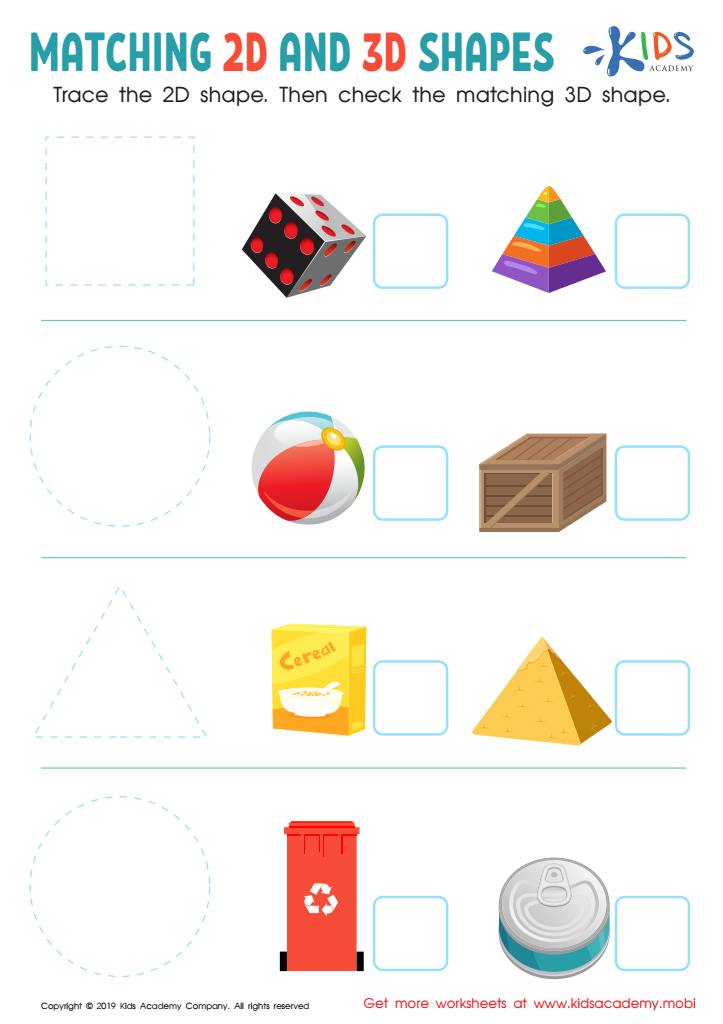

Matching 2D and 3D Shapes Worksheet
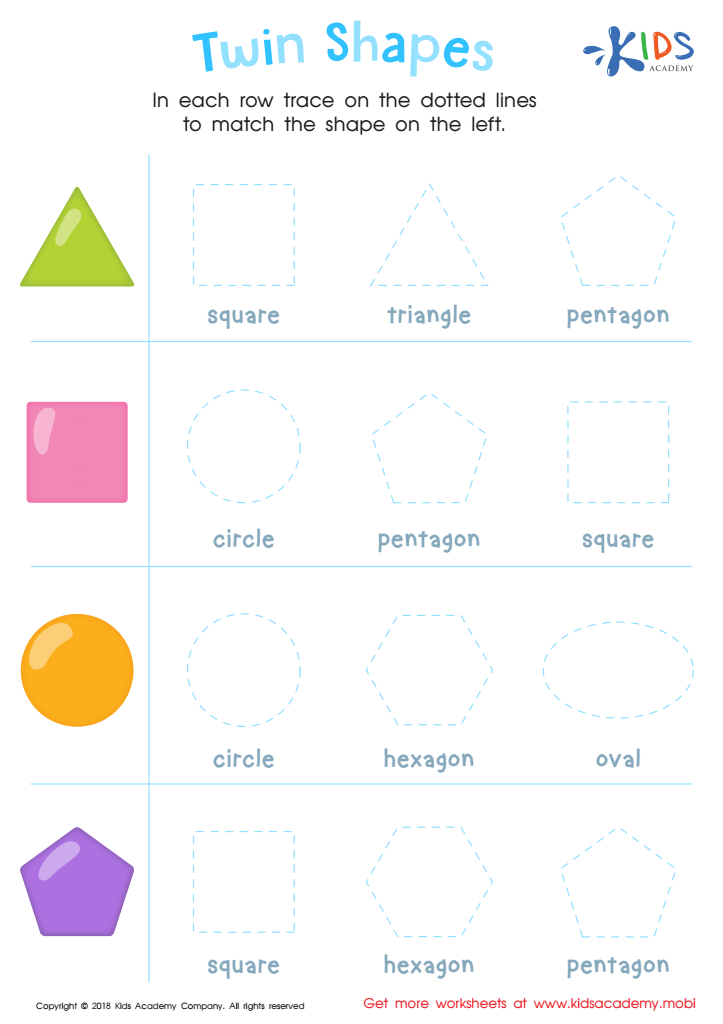

Twin Shapes Dot-to-Dot Worksheet
Parents and teachers should prioritize Extra Challenge Tracing Shapes Activities for children aged 4-8 because these activities significantly enhance early childhood development. Firstly, tracing activities improve fine motor skills, which are crucial for tasks like writing and drawing. As children trace shapes, they develop hand-eye coordination and dexterity, laying the foundation for later academic success.
Moreover, these activities are also vital in helping young learners recognize and understand geometric concepts, which are essential for mathematical proficiency. By engaging with shapes, children learn to identify symmetry, angles, and spatial relationships, fostering critical thinking and problem-solving abilities.
Furthermore, Extra Challenge Tracing Shapes Activities can incorporate fun and creativity, making learning enjoyable. They can be linked to stories, art projects, or even outdoor activities, enhancing engagement and retention.
In addition, these activities encourage focus and patience, as children will practice completing patterns or shapes that may initially seem challenging. This builds perseverance—a trait important for lifelong learning.
Ultimately, integrating shape tracing activities into educational frameworks helps create well-rounded learners equipped with essential skills, enthusiasm for learning, and a solid foundation for future academic achievements. Thus, investing time in these activities is beneficial for both parents and teachers.

 Assign to My Students
Assign to My Students






